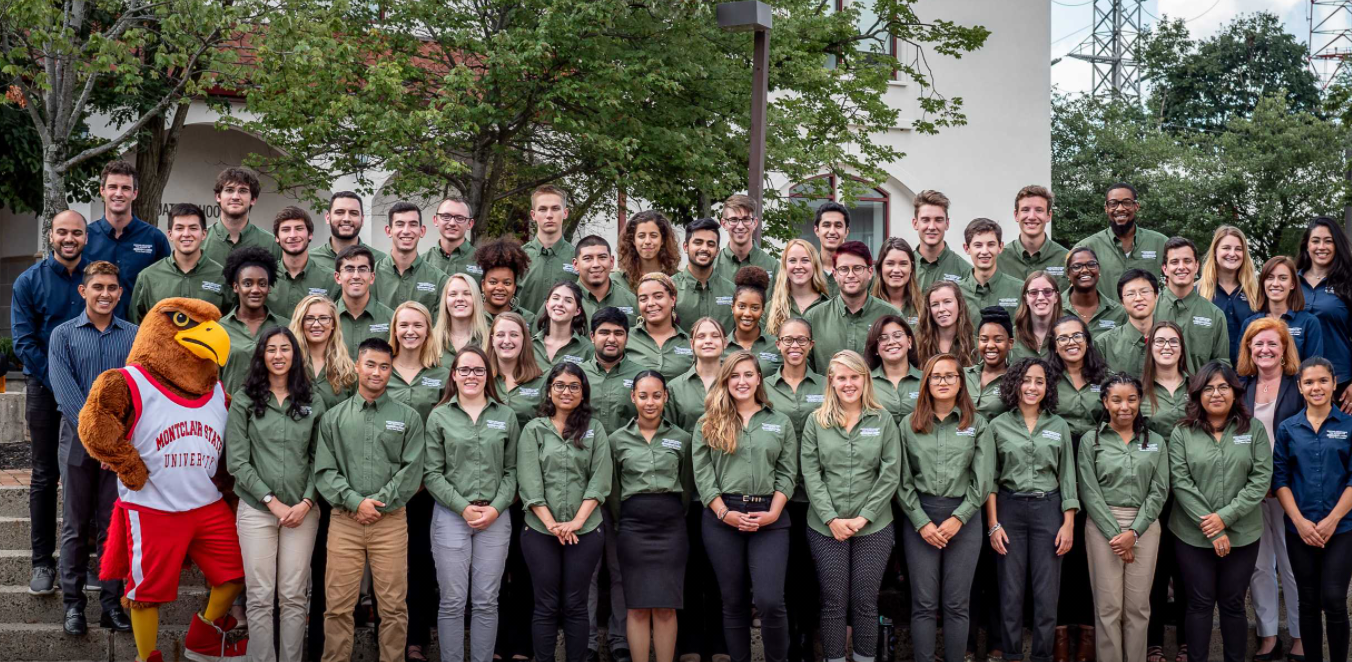Title
Crop Species Selection Effects on Stormwater Runoff and Edible Biomass in an Agricultural Green Roof Microcosm
Document Type
Article
Publication Date
3-1-2016
Abstract
Green roofs reduce urban stormwater runoff and are increasingly being designed for food production. However, studies of the effects of plant composition on green roof rainwater capture and runoff properties have yielded conflicting results and many domesticated crop species may be unsuitable to the harsh environmental conditions found on green roofs. In this study, we evaluated the interactive effects of plant species and growth medium selection on rainwater capture, nitrogen and phosphorus content of runoff, and production of edible biomass. In a full factorial experiment, four plant species, Portulaca oleracea L., Amaranthus tricolor L., A. cruentus L. 'Kerala Red,' and A. dubius Mart. Ex Thell. 'Klaroen Groot' were grown in three types of growing media (GaiaSoil, Extensive Mix, and Potting Soil) in microcosms with lysimeters to capture runoff. Forty days after planting, a rain event was simulated. Plants were harvested 45 days after planting. Species effects on edible biomass, runoff volume, and the concentration of total dissolved phosphorus (TDP) in runoff differed among growing media. Crops grown in Potting Soil yielded 45 times more edible biomass than GaiaSoil and three times more than Extensive Mix. In Extensive Mix, all plant species reduced runoff volume (22-69%), compared to the control, and P. oleracea produced three to 14 times more edible biomass compared with the Amaranthus spp., yet reduced runoff volume (29-61%) and TDP (21-39%) less than the Amaranthus spp. These results indicate that crop species selection results in trade-off effects among ecosystem functions highlighting the role of species selection on green roofs.
MSU Digital Commons Citation
Aloisio, J. M.; Tuininga, Amy; and Lewis, James D., "Crop Species Selection Effects on Stormwater Runoff and Edible Biomass in an Agricultural Green Roof Microcosm" (2016). Presentations and Proceedings. 3.
https://digitalcommons.montclair.edu/pseg-institute_present/3


